39) Go Caving 22 Feb 2012
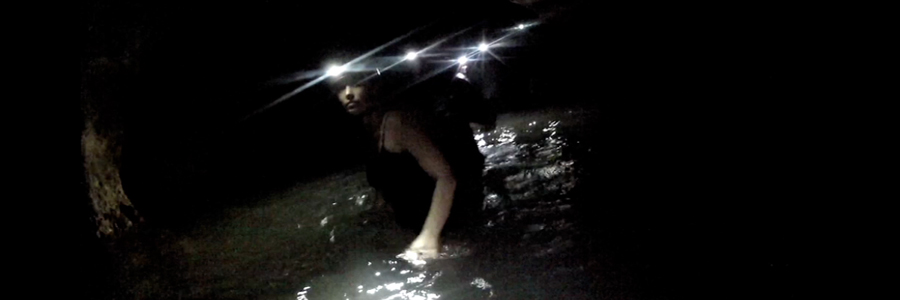
After an hour drive from the village of San Ignacio through orange groves and Ceiba trees, we arrive at the foot of our hike-in point, where we park the car and suit up for the journey ahead. A 45-minute trek through the jungle, across three rivers waist-deep, we arrive to the mouth of the Actun Tunichil Muknal Cave (better known in Belize as the ATM Cave). To enter inside, we swim into a clear pool of fresh water and wade into semi-darkness with lights rigged to our helmets illuminating the way. Single file we follow our leader (a local Mayan guide) along the path of an underground river that has carved itself into 3 miles of cavernous, ancient rock.
Belize is home to one of the most extensive cave systems on earth, and the ATM Cave is by far the country’s most revered and well-presererved. Along our journey, we climb over jagged boulders, squeeze through tight crevices, and swim neck-deep passed elaborate stalagmites and stalactites, until finally we reach the upper chamber room. Before removing our shoes to enter this delicate archaeological site, we climb a vertical rock face high above the underground river, and wait for the rest of our small group to convene. Then together, in bare feet, we enter the sacrificial chamber where we walk around artifacts, broken clay pots, and human bones scattered about.
Further up, we enter a magnificent cathedral of awe-inspiring wonder. Giant rocks resembling people and deities, dance about ominously in the shadows of our headlamps. Our guide explains to us that severe drought may have forced the Mayans to move deeper and deeper into their caves, pushing them to perform more desperate and extreme sacrifices for their gods. As we move to the deepest part of the cave, I feel a collective sense of apprehension and excitement among us. Carefully we climb one final rock face up the only ladder in the cave, until we are inside the small chamber room. There we find the most well-preserved remains in the entire cave: the calcified bones of a little child, arms bound behind its back; and the remains of a young woman, lying face up where they left her. We stare, inches away from their bodies, speechless.
We make our way back the way we came, down dark chambers, and along the riverbed. As we descend out of the cave into the heat of daylight, our guide reminds us of how lucky we are. How it’s only a matter of time before the Belizean government closes the cave to tourists and moves the artifacts to a more protective museum setting. You are the fortunate ones, he reminds us. John and I leave feeling exhausted, exhilarated, but mostly grateful to have experienced this mysterious subterranean underworld.

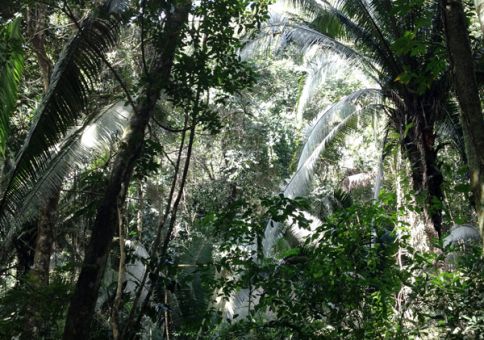
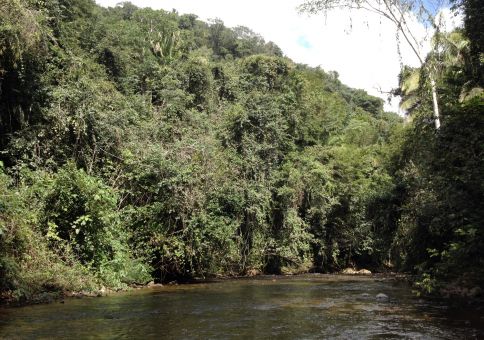
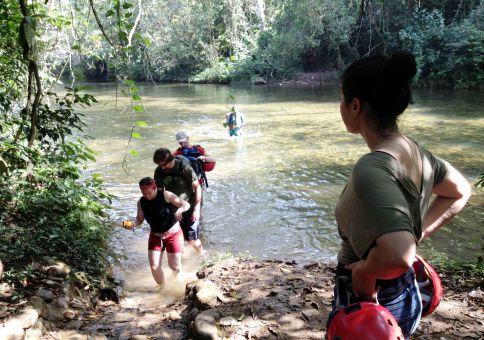
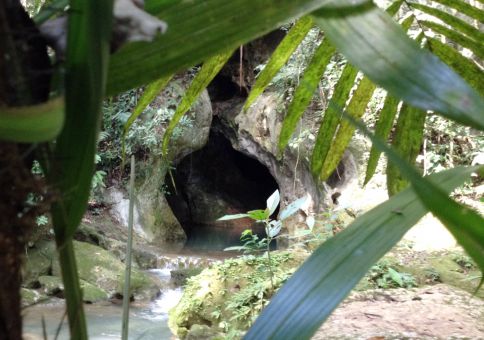
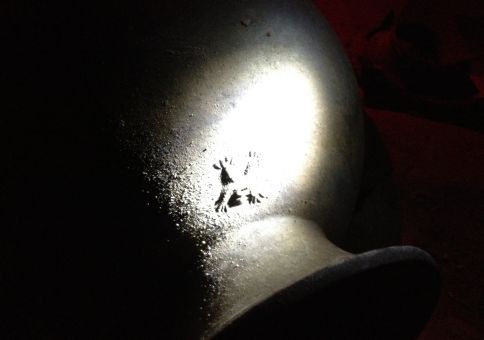
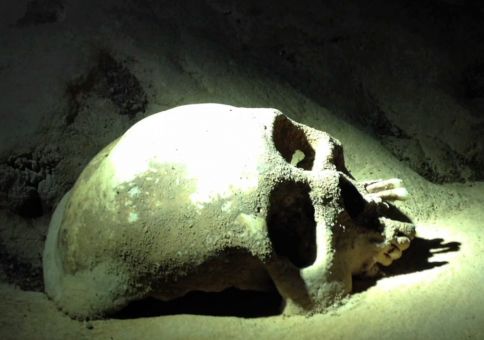
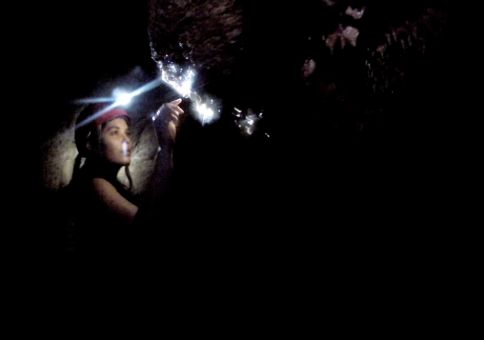
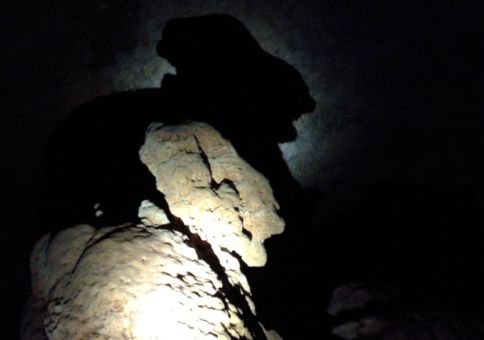
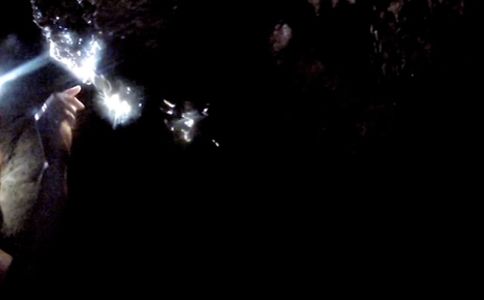
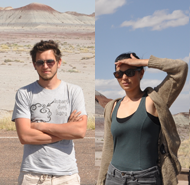
Pingback: 365 things in 365 days » Blog Archive » 185) Start a rock collection
Pingback: 365 things in 365 days » Blog Archive » 304) Research the 2012 Mayan Prophecy